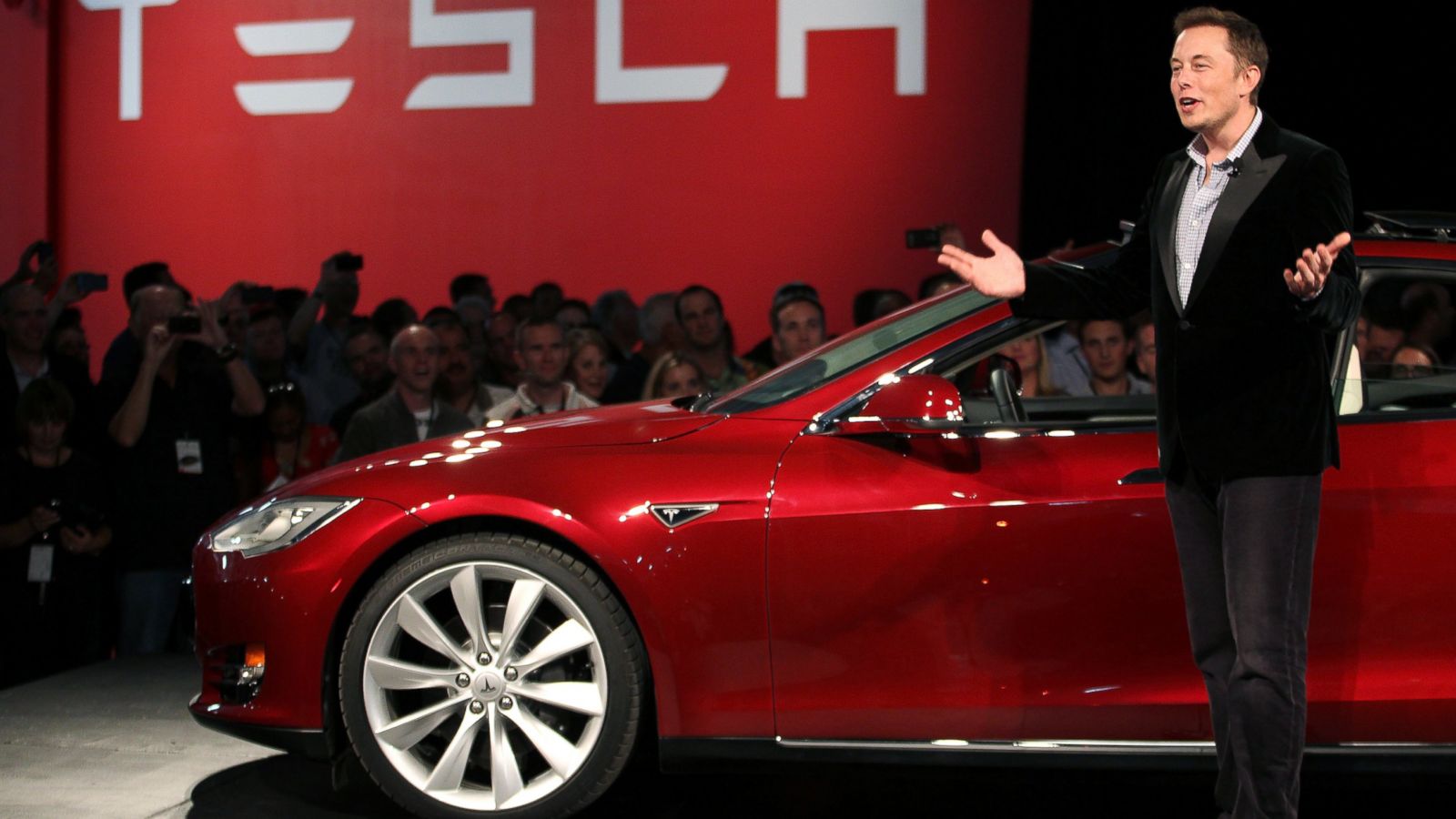Tesla, the leader in electric vehicle (EV) innovation, has once again demonstrated its dominance in the EV market with the release of its Q4 2024 production and delivery numbers. These figures showcase the company’s ability to meet growing consumer demand and maintain its leadership in the competitive automotive industry. With a steady rise in production and deliveries, Tesla continues to set benchmarks for the EV sector, proving its resilience in an ever-evolving market.
This article delves into Tesla’s Q4 2024 achievements, highlighting key statistics, market implications, and the company’s roadmap for 2025.
Tesla’s Q4 2024 Performance: A Closer Look
Tesla’s fourth-quarter results for 2024 are a testament to the company’s operational efficiency and increasing consumer demand for electric vehicles. The production and delivery numbers underline Tesla’s unwavering focus on growth and innovation.
Production Numbers
In Q4 2024, Tesla achieved a remarkable milestone in vehicle production:
- High Output Across Models: Tesla’s production capacity spanned across its Model S, Model X, Model 3, and Model Y vehicles. The company’s Gigafactories in various locations were key contributors to this achievement.
- Global Expansion: Factories in China, Germany, and the U.S. played a pivotal role in meeting regional demands, ensuring Tesla’s presence in key markets worldwide.
Delivery Figures
Tesla’s delivery numbers also reflect its strong market presence:
- Meeting Consumer Demand: Tesla delivered a significant number of vehicles globally, emphasizing its ability to meet surging customer demand.
- Model 3 and Model Y Dominate: As Tesla’s most popular models, the Model 3 and Model Y accounted for the majority of deliveries, highlighting their mass-market appeal.
Factors Driving Tesla’s Growth
Several factors contributed to Tesla’s strong Q4 2024 performance, ranging from advancements in technology to strategic market expansions.
Innovations in EV Technology
Tesla continues to lead the EV market with cutting-edge technologies:
- Battery Efficiency: The introduction of more efficient battery systems has improved the range and performance of Tesla vehicles, making them even more appealing to consumers.
- Autonomous Driving Features: Tesla’s advanced driver-assistance systems remain a significant draw for tech-savvy customers.
Global Production Capacity
Tesla’s Gigafactories have been instrumental in scaling production:
- Efficient Manufacturing: High-tech facilities enable faster and more cost-effective vehicle production.
- Localized Output: Factories in key regions help reduce shipping costs and meet local regulatory standards.
Strategic Market Positioning
Tesla has also benefited from favorable market conditions:
- Government Incentives: Policies promoting clean energy and EV adoption have supported Tesla’s sales.
- Growing EV Adoption: As consumers shift towards sustainable transportation, Tesla continues to capitalize on this trend.
Challenges and Opportunities for Tesla
While Tesla’s Q4 2024 results are impressive, the company faces challenges that could impact its future growth. However, these challenges also present opportunities for further innovation and expansion.
Supply Chain Issues
Like many automakers, Tesla has faced disruptions in its supply chain:
- Component Shortages: Semiconductor shortages remain a challenge for the industry as a whole.
- Raw Material Costs: Rising prices of lithium and other materials used in batteries have added pressure to production costs.
Competition in the EV Market
The EV market is becoming increasingly competitive:
- Rising Rivals: Companies like Rivian, Lucid Motors, and traditional automakers such as Ford and General Motors are intensifying the competition.
- Market Differentiation: Tesla’s ability to maintain its technological edge will be critical in retaining its leadership position.
Expansion into New Markets
Tesla has significant opportunities to grow its footprint:
- Emerging Markets: Expanding into countries with growing EV demand, such as India and Southeast Asia, could unlock new revenue streams.
- New Product Lines: The development of affordable EV models could attract a broader customer base.
The Road Ahead: What to Expect in 2025
Tesla’s 2024 achievements set the stage for an exciting 2025. Here are some key developments to watch:
Increased Production Capacity
Tesla plans to ramp up production in its existing factories while exploring new locations for Gigafactories. This will enable the company to meet rising global demand and reduce production bottlenecks.
Launch of New Models
Tesla is expected to release new models in 2025, including:
- Cybertruck: The highly anticipated Cybertruck is poised to make waves in the automotive market with its futuristic design and robust performance.
- Affordable EV: Rumors suggest Tesla is working on a more affordable model to cater to the mass market.
Advancements in Technology
Tesla’s focus on innovation remains unwavering:
- Improved Battery Technology: Ongoing research into solid-state batteries could revolutionize EV performance and efficiency.
- Enhanced Autonomy: Tesla continues to refine its Full Self-Driving (FSD) capabilities, bringing it closer to achieving fully autonomous vehicles.
Market Implications of Tesla’s Q4 2024 Results
Tesla’s strong performance has significant implications for the EV market and the broader automotive industry.
Setting Industry Standards
Tesla’s production and delivery numbers serve as a benchmark for other automakers, emphasizing the growing importance of scaling EV production.
Driving Consumer Confidence
Tesla’s ability to meet demand and maintain quality reinforces consumer confidence in EVs as a viable alternative to traditional vehicles.
Boosting Investor Confidence
Strong quarterly results have a positive impact on Tesla’s stock performance, attracting more investors to the company.
Conclusion
Tesla’s Q4 2024 production and delivery numbers highlight the company’s resilience and commitment to growth. Despite challenges in the EV market, Tesla continues to lead through innovation, strategic planning, and an unwavering focus on sustainability.
As Tesla heads into 2025, its roadmap promises exciting developments, from the launch of new models to advancements in technology. With a strong foundation and a vision for the future, Tesla is well-positioned to maintain its leadership in the EV market while shaping the future of sustainable transportation.











